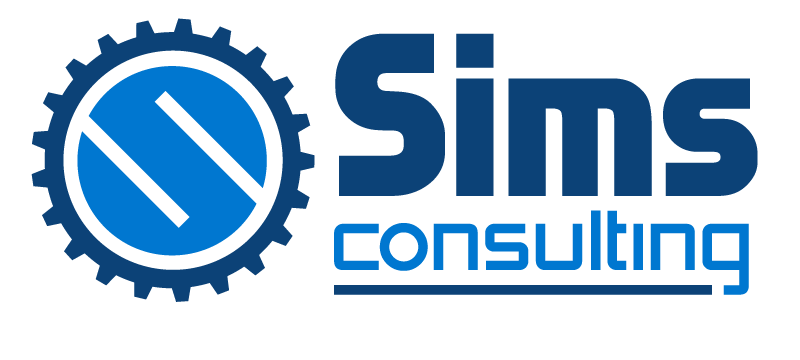My UX Process
Problem Overview
First I need to get an understanding of the problem we’re trying to solve. I need to see the current process and functionality to attain accurate context to help provide a viable solution. Ideally there would be some guidance and input from the strategy team and stakeholders.
In this phase we craft a problem statement and put a goal on paper to define what success looks like. Gaining a full understanding of the challenge is key to properly planning a solution.
Tools: Whiteboarding, Stakeholder interviews, Group workshop
Research and Analysis
Researching a problem involves looking at said problem from a plethora of angles. Getting user inputs from various stakeholders helps complete the full picture. From that process I then try to identify the primary and secondary pain points.
It’s also in this phase where we look at the competitors and see what is being offered in the marketplace. What I like to do in the competitive analysis phase is look at other industries and determine if there is a technology, tool, process or concept that may be used within the context of a solution.
Tools: Competitive analysis, Journey Mapping, User flow diagrams, Workshops
Ideation and Exploration
It is during this phase where I put all of my thoughts, ideas and screenshots on an artboard (physical or digital) and walk through various concepts.
Creating a stakeholders design thinking workshop would provide different viewpoints and lenses on both the problem and any potential solutions.
Tools: Whiteboarding, GV sprints, Figma, Illustrator, Sketch
Testing and Validation
An old UX mantra is to test early and test often. Testing can take many forms, but by asking users, stakeholders and even staff members about their experience with the existing system - you are getting valuable information on the product and/or solution. Testing a proposed solution can include a high-fidelity prototype, microsite, screenshots, email surveys, stakeholder interviews, click through wireframes, and much more.
Tools: Sketch, Figma, Illustrator, Axure, Invision, HTML, Whiteboarding, Mockups, Usertesting.com
Iteration
This step involves taking user feedback and adjusting the design to make it more effective and efficient for the users. This can include rapid prototyping edits, editing the mockups or the design output that is being tested with users.
Once the edits have been completed - going back and testing the designs again will help determine if the original issues have been solved, or there are new issues that have been identified.
Tools: See previous step
Delivery and Handoff
This can look like many different things depending on the project and/ or organization.
It could include delivering all of the optimized assets to the development team, sharing an annotated wireframe to stakeholders or distributing Figma file for other disciplines to contribute to.
Tools: Dependent on project/teamWhatever it is, the way you tell your story online can make all the difference.






